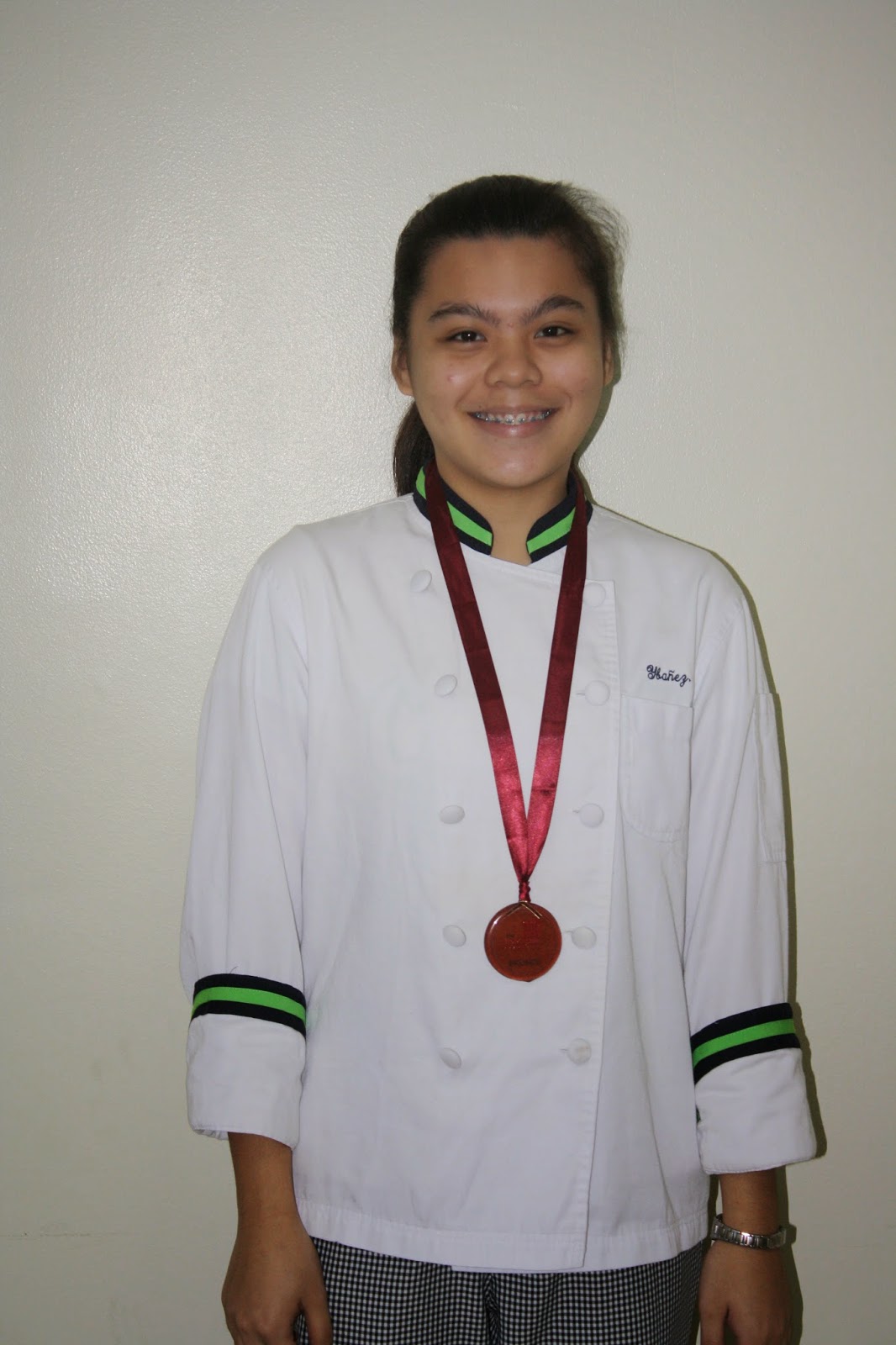CALL FOR PAPERS
The University Museum and
Collections (UMAC), international committee of International Council on Museums (ICOM) and the University of Santo Tomas represented
by UST Museum in cooperation with
the Philippines National Commission for Culture and the Arts (NCCA) will hold the 15th Annual Conference of
University Museum and Collections (UMAC) to be held on May 11-14, 2015 at the University of Santo Tomas, España, Manila,
Philippines. The conference theme is:
“Rethinking University Museums:
Bridging Theory and Practice”
The conference in Manila aims to encourage discussion on the role of
the university museum amidst evolving trends and persistent challenges. The
goal of rethinking involves examining the place of the university museum within
a larger network of relations and issues. The subthemes span the reexamination
of the museum’s mandate and expanding its outreach beyond the academe, to
exploring new paradigms and shifting practices in order to address urgent
issues such as the increasingly apparent effects of climate change. The goal of
this conference is to create a platform where interdisciplinary theories drawn
from the disciplines of Museum Studies, Cultural and Heritage Studies, Tourism
Studies, Art Studies, Anthropology, and Conservation Science could be expanded
based on practical experience or various case studies offered by international
colleagues. Rethinking University Museums
hopes to flesh out critical perspectives and innovative approaches in affirming
the significance of university museums today.
UMAC invites papers that expound (but not limited) to the following
subthemes:
I.
Towards Responsive Museums: Examining the role of museums in education
and public formation
1. Engaging publics: Museum pedagogy and outreach programs
2. Ways of telling: Exploring representation, narratives, and exhibition
strategies
3. Reflecting on the university museum’s institutional history and mandate
through innovative programs
4. Reassessing the roles of decision makers, donors, museum professionals,
and audience as stakeholders
5. Going against the grain: Reinventing traditional museum practices
6. Reassessing the mission/ vision of a university museum in line with the
university per se mission/ vision
II.
Greening the Museums and the Environs: Challenges in preservation and
conservation of cultural property
1. Sustainable practices in preservation and conservation
2. Collaborative conservation research projects by the various units of
the university
3. Utilizing cost-efficient and eco-friendly materials in aspects of
collections management
III. Role of University Museums in
Cultural Tourism: Enhancing tourism through museum experience
1. Restoration and/or beautification projects of historical university
museum buildings for tourism promotion
2. Partnerships with the local government and private organizations in
promotional activities
3. Going Viral: Museum publicity and online platforms
Papers may be presented in three forms:
a.)
20 minute
formal talks(15 minutes talk + 5 minutes discussion)
b.)
10 minute
informal ‘experiences’ or 5 minutes inform-all
c.)
Posters
All submitted abstracts
should include:
·
Title of
submitted paper
·
Type of paper:
20 minutes, 10 minutes or poster
·
Name of Author(s)
·
Affiliation(s)
·
Address(es)
·
Contact Email
Address
·
Telephone
Number
·
Fax Number
·
Abstract in
English (not to exceed 300 words)
·
Support
equipment required
·
Include a
short biography highlighting main research interest (not more than 50 words)
Poster papers should be A1
(594mm x 841mm), portrait format.
Participate to UMAC ‘inform-all social’ event. To be
selected, you must provide the following in one document:
·
Name, position
and email
·
Your
institution’s name and website specific to the museums, galleries or
collections therein
·
Compose a
short description of the proposed content of the 5 minute talk (max 100 words)
Abstracts will be accepted
electronically until February 10, 2015.
All submitted abstracts
will receive an acknowledgment notice by email.
All submissions (papers
accounts and posters) will be considered by a Review Committee who will assess
each abstract for relevance to the theme, museological importance and clarity
of ideas and expression. The review committee will let proposers know their
decision within two week.
It is our intention to
publish the abstracts and the papers given on the UMAC’s website. Selected
presentations (after further review) will be published and printed as part of
the conference proceedings.
If you would
like to submit a paper or poster, please send the abstract (in English) to:
UMAC 2015 Secretariat
copy furnish chair@umac.icom.museum



.jpg)
.jpg)
























